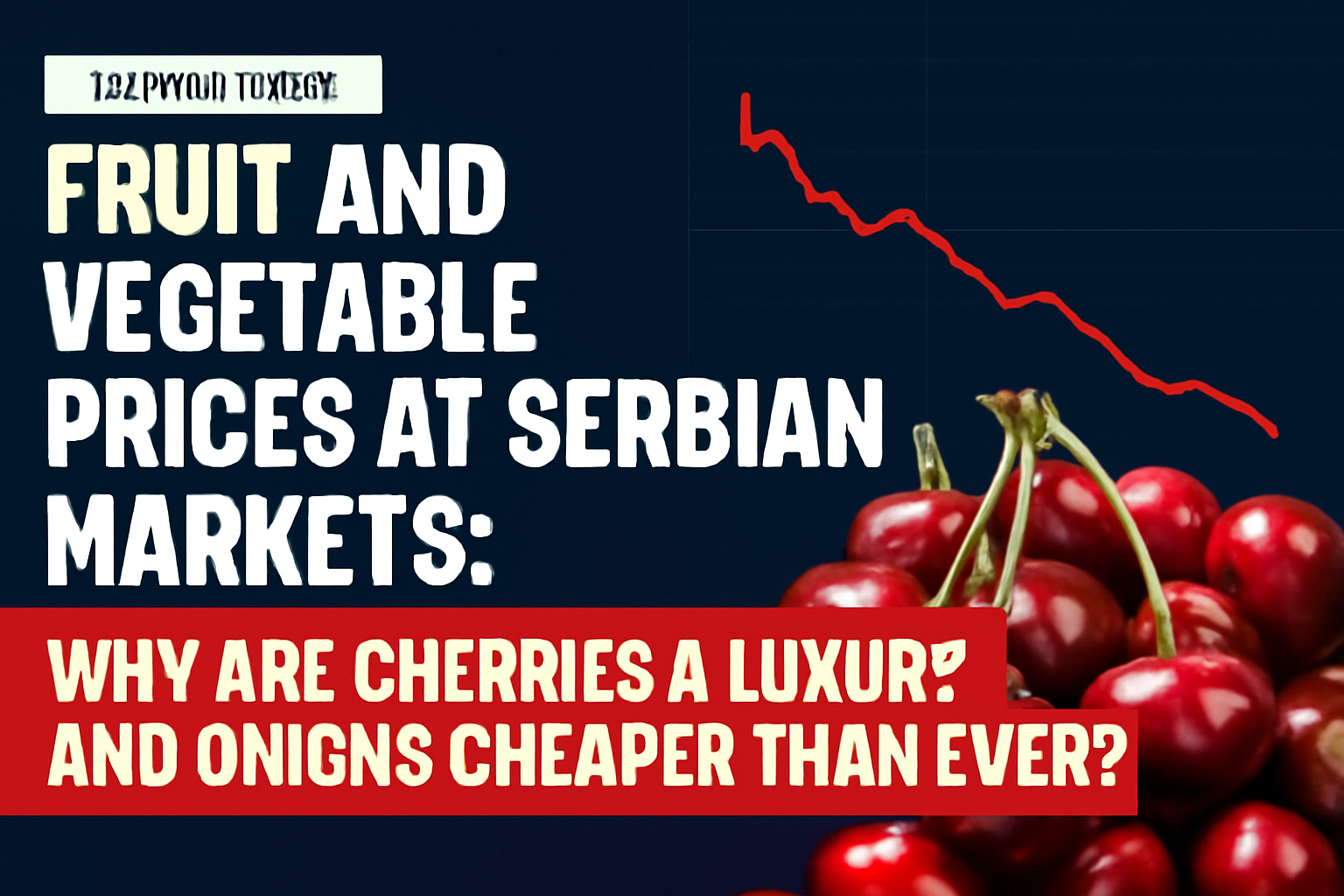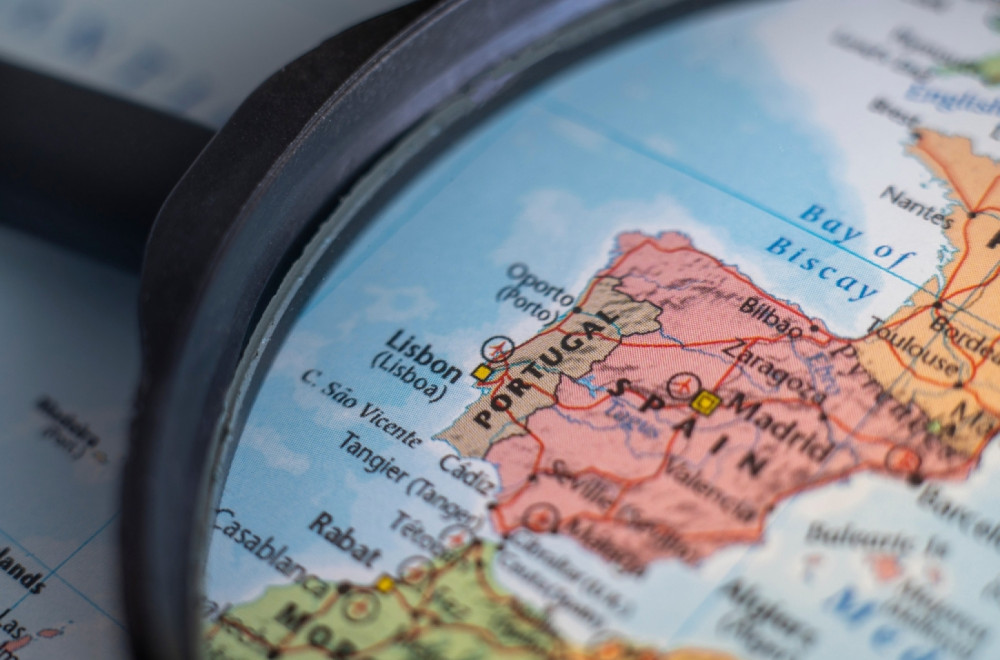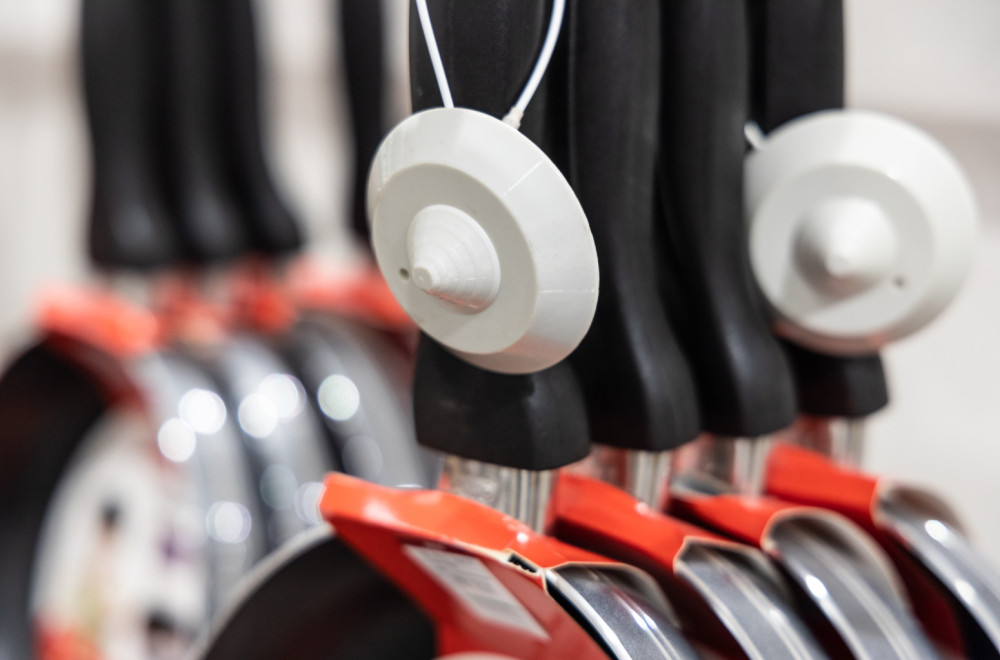Welcome to the wild world of Serbian markets where cherries and strawberries hold prices like gold bars, while onions drop to an unbelievable 50 dinars per kilo! Miracle or disaster? In southern Serbia, in Vranje, onions are cheaper than ever, while cherries and strawberries still hold high, almost luxury prices. How is it possible that a kilo of black onions costs only 50 dinars, but a kilo of cherries skyrockets to 1,000 dinars? Is it overproduction, local stockpiles, or mysterious trade margins that no one wants to reveal?
Across Serbian markets, fruit and vegetable prices swing like a rollercoaster. While vegetables like onions, cabbage, and potatoes are cheaper in some regions, fruits like cherries and strawberries hold high, almost luxury prices. In Vranje, for example, black onions drop to just 50 dinars per kilo, while raspberries remain pricey at around 200 dinars.
But price isn’t the only problem. Shocking test results of 12 of the most polluted fruit and vegetable types show that over 90% of food contains dangerous substances that can threaten our health. Potatoes, often considered a safe choice, are on the “dirty” list. How can we trust food quality when trade margins and distribution chains are completely opaque?
Traders claim that transport costs, imports, and seasonal supply are the main reasons for these price swings. But many buyers doubt these claims, as the supply barely changes day to day, yet prices jump up and down for no clear reason.
Is this just another proof that our agriculture is in chaos, or that traders and distributors are too powerful and irresponsible? Maybe it’s time to ask how much we really pay for food and who profits from it.
If you’ve ever stood at the market wondering why onions are cheap and cherries cost a fortune, you’re not alone. Share your experience or theory in the comments — maybe together we’ll uncover what’s really going on behind the scenes of Serbian markets!











